INFERNO (1980)
An American college student in Rome and his sister in New York investigate a series of killings in both locations where their resident addresses are the domain of two covens of witches.
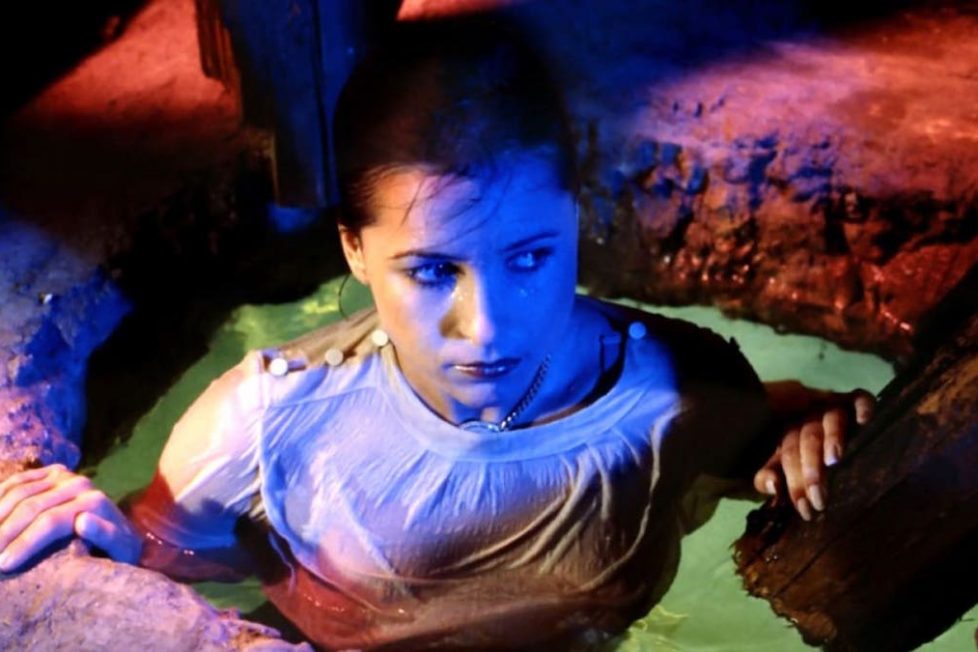
An American college student in Rome and his sister in New York investigate a series of killings in both locations where their resident addresses are the domain of two covens of witches.


Since his directorial debut, The Bird with the Crystal Plumage (1970), Dario Argento became known as a prominent proponent of the Italian giallo. Except for the historical satire, The Five Days (1973), his first five films and two television shorts all helped to define and consolidate this important new sub-genre. Their domestic box-office success earned him a degree of celebrity in his Italian homeland, where he also became known as a director who enjoyed challenging expectations and playing with established tropes—even those he’d established himself. But, it wasn’t until he broke away from giallo with his first full-blooded supernatural horror that he gained any substantial international traction.
On the strength of its Italian success, the US distribution rights for Suspiria (1977) were snapped-up by 20th Century Fox. They immediately ran into resistance from the Motion Picture Association of America (MPAA), who refused it certification. It was unlike anything they’d seen before and the explicit, though artfully balletic, murder scenes were deemed gratuitously violent. Fox decided to distance themselves from it and resubmitted it through International Classics, their subsidiary company dealing with foreign and arthouse fare. After trimming eight-minutes of the more extreme gore, they were granted an R-rating and, although it wasn’t released until August, it ended up being Fox’s seventh highest-grossing release of 1977. Of course, their biggest movie that year was Star Wars!
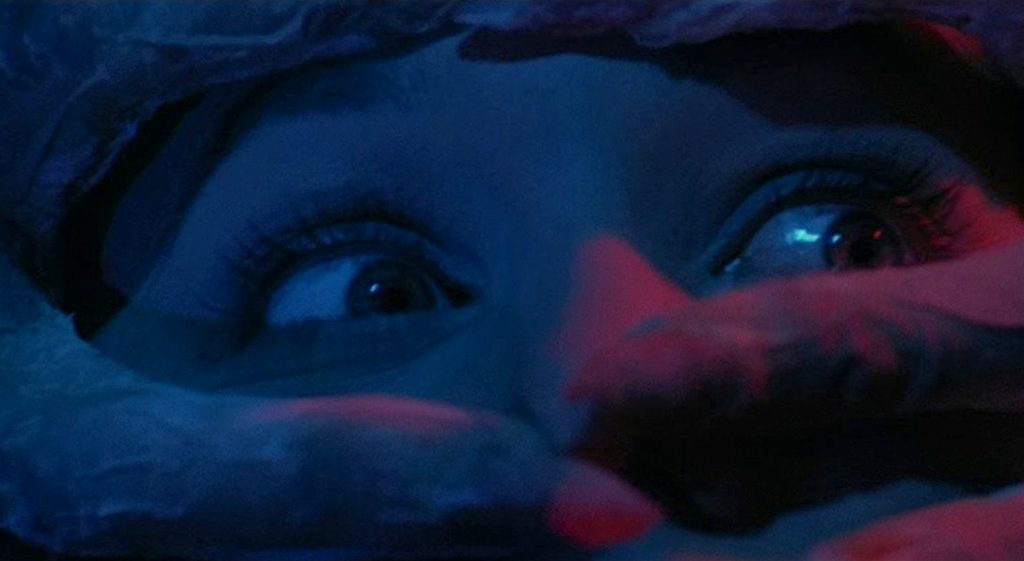
As Star Wars revived science-fiction, so Suspiria helped breathe new life into a stagnating horror genre. Also, both films were successful enough to secure deals for their planned follow-ups. For the first time, Argento found himself on the receiving end of a big Hollywood movie deal from Fox who wanted to produce the Suspiria sequel themselves…
He’d already laid the foundations with Suspiria’s story about a coven of witches hiding ‘in plain sight’ among the staff of an all-girls dance academy in Freiburg, founded by the mysterious Helena Markos. We learnt that Markos, who still lived hidden away in her secret chambers at the academy, was also known as Mater Suspiriorum, the ‘Mother of Sighs’. She’s just one of a powerful triumvirate of evil witches called the Three Mothers. Which leaves us with Mater Tenebrarum and Mater Lachrymarum—the Mothers of Darkness and Tears, respectively…
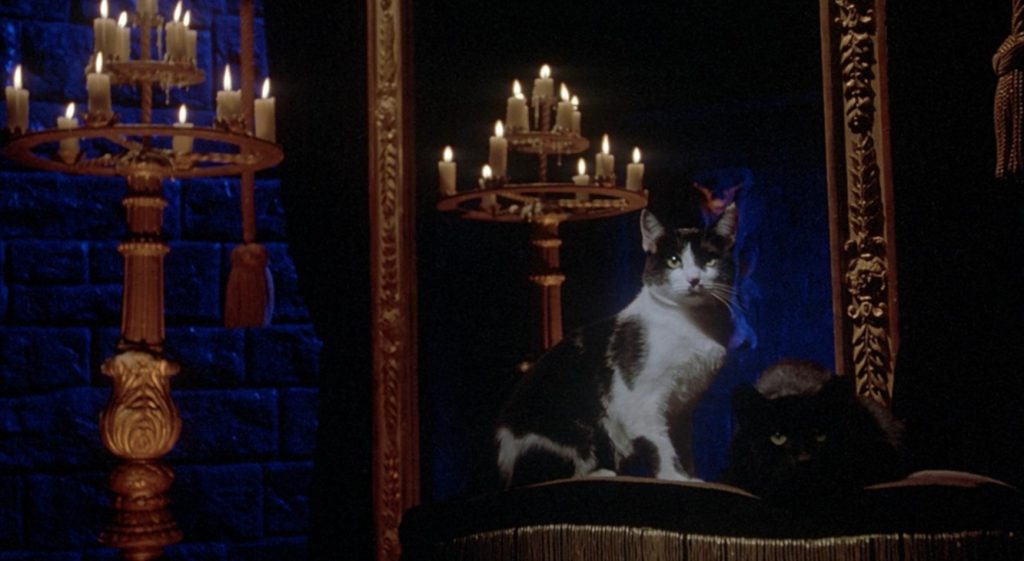
Argento had found initial inspiration for his trilogy in Thomas DeQuincey’s epic sequence of poems published in the mid-19th-century under the title of Suspiria De Profundis (Sighs from the Depths), particularly the opium-fuelled, hallucinatory segment known as Levana and Our Ladies of Sorrow. Levana was a Roman goddess of childbirth and, according to DeQuincey, she was attended by three companions that personified, tears, sighs, and darkness. All three would inevitably affect the lives that follow each and every birth…
Argento saw a pattern in these three mothers, as DeQuincy had no doubt intended, that ran though many mythologies around the globe. The Fates, Furies, Gorgons, and Grey Sisters of the Ancient Greeks all came in sets of three, as did the Norns of the Norse and the famous “toil and trouble” witches in Shakespeare’s Macbeth…
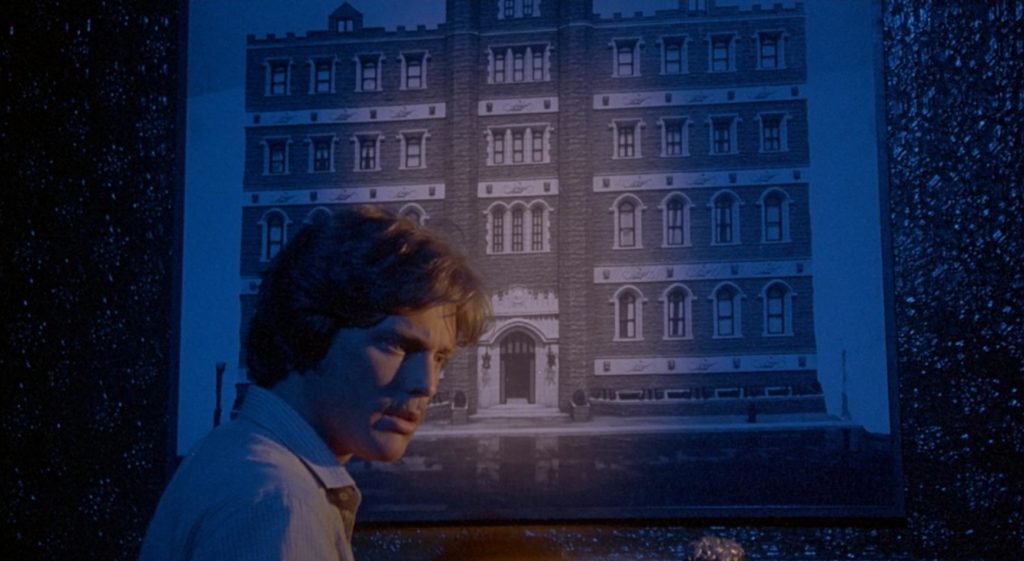
So, a respectable budget in excess of $3M was on the table, plus a top-up from Intersound, the Italian production company run by younger brother Claudio Argento, for a sequel he wanted to make. You’d think Argento would’ve been more than happy. But the self-confessed perennial pessimist has described it as one of the most difficult films of his career.
He already had the basics mapped out but being stranded in New York by a severe winter whilst suffering ill health proved to be a formative experience. Suspiria’s transatlantic success had opened doors in America and he’d found himself working with George A. Romero on Dawn of the Dead (1978), re-editing it for European distribution where it would be retitled Zombi. With that job done he was all set to return to Italy when the harsh weather delayed flights and he suffered a prolonged bout of hepatitis.
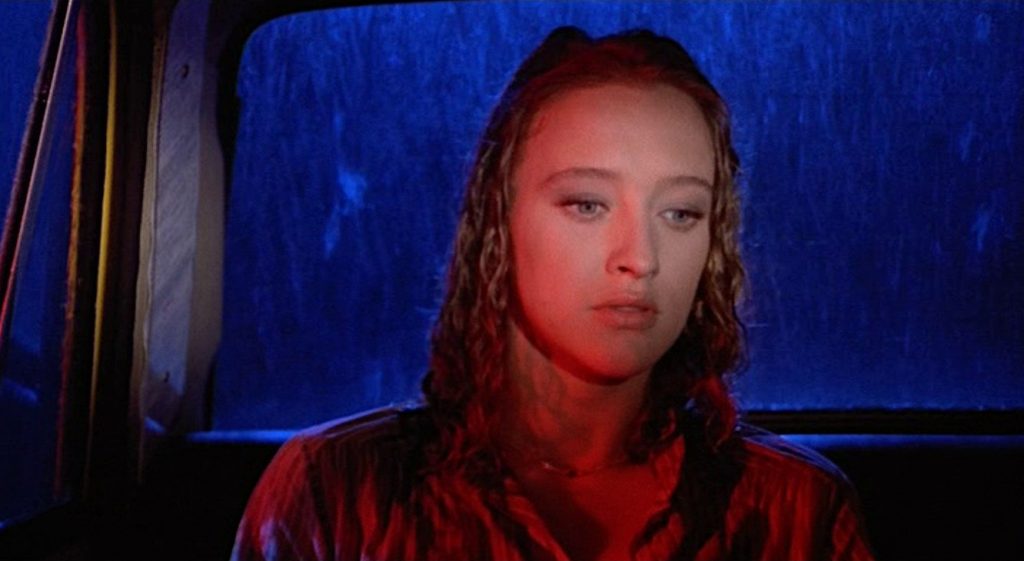
Feeling isolated in his hotel overlooking Central Park, Argento decided to occupy his time writing letters to his daughters, Asia and Fiore. But more heavy snow brought the city to a standstill and he knew his letters would be a long time in transit. With little else to do, he revelled in dark thoughts and began thinking that he might be dead by the time they read those letters… This idea about communication across distance and a disjoint in time and place was the spark of the story that became Inferno.
The film opens with the opening of a book titled The Three Mothers, compiled from the found diary of the architect, Varelli. The voiceover also tells us that he was a notable alchemist tasked with a final project to build a house for each of the titular mothers, one in Freiburg, one in Rome, and the third in New York. The voice from the past describes “those horrible houses” as the repositories of all the “filthy secrets” of those “wicked stepmothers, incapable of creating life, incapable of love…” Feminine hands turn the pages and, in a classic piece of Argento foreshadowing, use a rather large letter opener to slit the virgin pages that have never been read since the book was first printed…
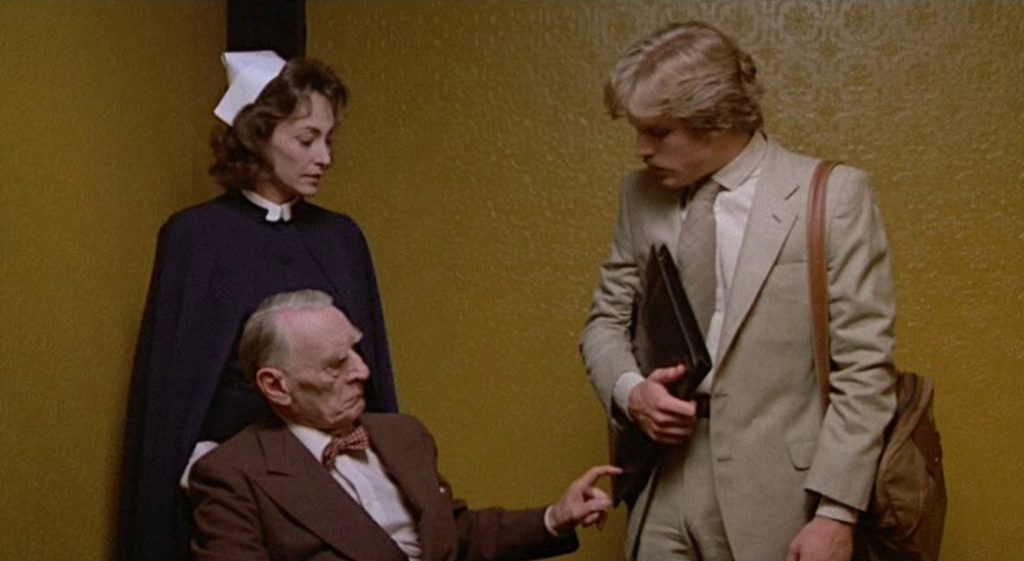
The expert foreshadowing continues as Varelli’s voice tells of his loathing for his evil clients and how he sought to undermine them by hiding three ‘keys’ in each house—clues to the identity and purpose of the mother that resides in hiding. The camera tracks across the desktop and, right on cue, we are shown a bejewelled snake keyring with three keys. This keyring, like nearly any detail we’re shown in the first few minutes, is significant and will be a key (sorry couldn’t resist) driver for the ensuing narrative of the first act.
The book’s reader is Rose Elliot (Irene Miracle) a poet researching the history of the strange house where she’s found well-appointed but cheap accommodation. The Art Deco splendour of the huge mansion, close to New York’s Central Park, is in decline and most of its apartments are unoccupied and falling into decrepitude. What’s more, it smells bad, which the book tells us is one of the keys to identifying the three cursed houses. Rose decides to look for the two other keys. Apparently, Varelli had included a hidden room in the basement of each containing a key to identifying which ‘Mother’ resides there. The third key is cryptically described as being “under the soles of your shoes…”
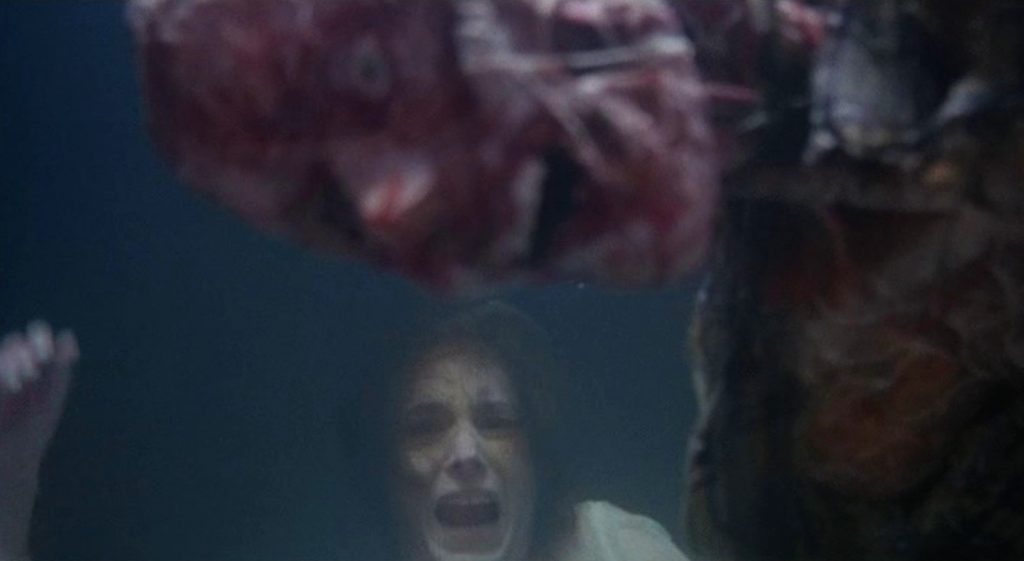
Down in the ramshackle and partially flooded basement, she finds a hole in the floor through which she glimpses an ornate chandelier. It seems there might be a secret room down there, just as the book described, now submerged. As she bends to have a better look, the serpentine broach that holds her keys drops into the water and snags on the chandelier, beginning one of the most striking and visually inventive sequences. This is the first of several classic Argento set-pieces that mark Inferno as one of his most innovative and darkly beautiful films of all.
Not only is the broach a phenomenally costly Bulgari one, but Rose’s apartment keys are also attached to it. It hangs tantalisingly just beyond her reach, so she decides to dive into the hidden room, finding that the hole in the floor, is also a hole in its ceiling. This really is a wonderful, though perhaps heavy-handed, metaphor for diving deep into the subconscious, to say nothing of rebirth and baptism. The dreamlike weirdness soon morphs into the nightmarish as she is distracted by a portrait hanging on the wall of the fully furnished underwater room. Through the murk, she can just make out the words “Mater Tenebrarum.”
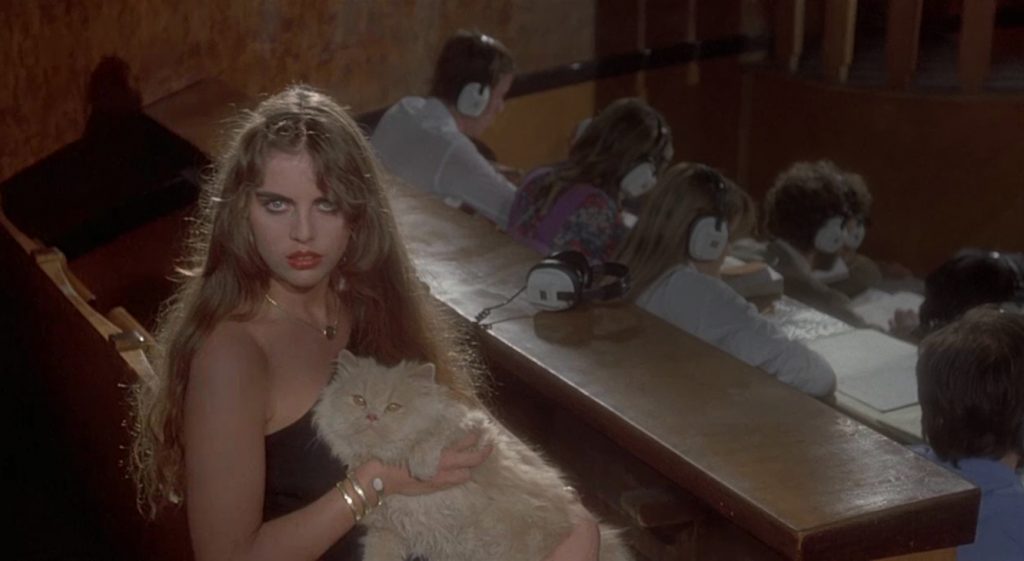
In the breathtaking (pun intended) finale of Suspiria, Suzy Bannion (Jessica Harper) had stumbled into the equivalent room at the Freiburg house—where Helena Markos had been hiding, the one with a doorway to hell through which the pin-eyed Sara returns from the dead. Well, this underwater version also has a doorway through which the dead return. Enough said.
This submerged scene must rank as one of my all-time favourites in the cinema of mystery and imagination. It takes the “don’t go in there” trope to a new level as we watch with empathic trepidation as Rose drops into the unknown beneath the floor. Surely, this is something no sane person would do!
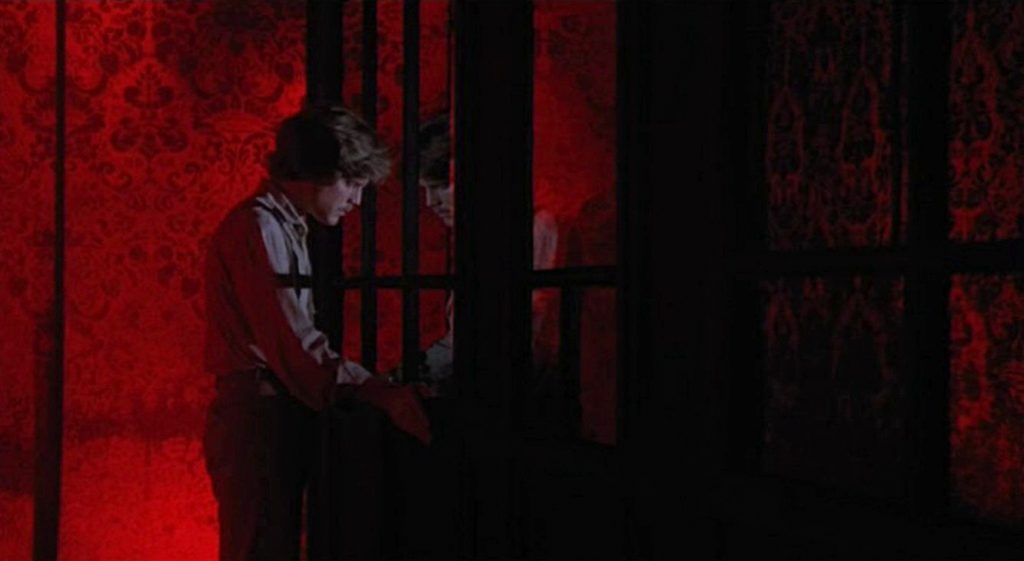
Argento had directed the cast to act as if they were children play-acting their characters and asked them to maintain a certain level of detachment from the reality of their roles. The plot relies on people doing certain things that would be acceptable in fairy tales or dreams but would be unlikely in reality. He wanted to evoke a kind of Hansel and Gretel feel with siblings drawn into the witch’s house, albeit with a mystery as the bait instead of candy.
Rose, becoming increasingly fearful as she discovers more the house’s secrets writes a letter to her brother, Mark (Leigh McCloskey), who is studying in Rome. But, by the time the letter reaches him, things have irrevocably changed. (There’s that disjoint in time and place.)
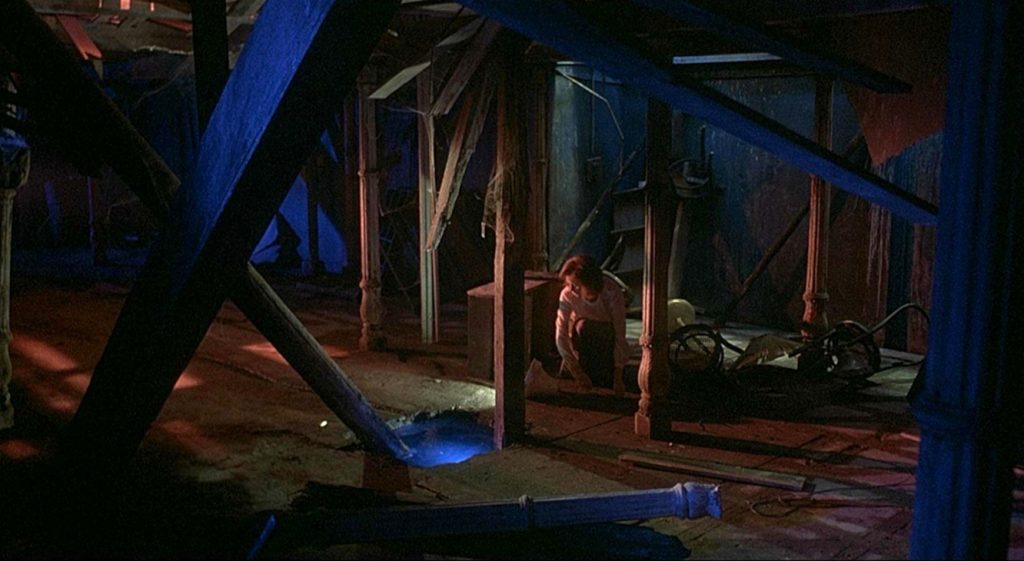
As soon as Mark has the letter, he’s distracted by a strange, beautiful apparition during a lecture on Verdi’s opera Nabucco. This is a visitation by the mind-altering Mother of Tears (Ania Pieroni). Spellbound by the evil enchantress and her feline familiar, he absent-mindedly leaves the letter behind. Fellow student, Sara (Eleonora Giorgi) reads it and follows up some of the clues it contains, leading her to another copy of Varelli’s cursed book at Rome’s lavish Angelica Library—a lovely location, later to be visited by Tom Hanks in Angels and Demons (2009), where it doubles as the Vatican Library.
This time, there’s a reason why Sara finds The Three Mothers on its shelves, for below is a secret alchemist’s workshop. One can almost feel the heat radiating from the furnaces and smell the pervading stench of brimstone… and yet Sara ventures in to ask the hooded figure toiling over bubbling cauldrons for directions to the exit! And, for the sake of a story that’s already hooked us, we’re totally fine with the fairy tale logic of her actions. After all, we saw her prick her finger earlier…
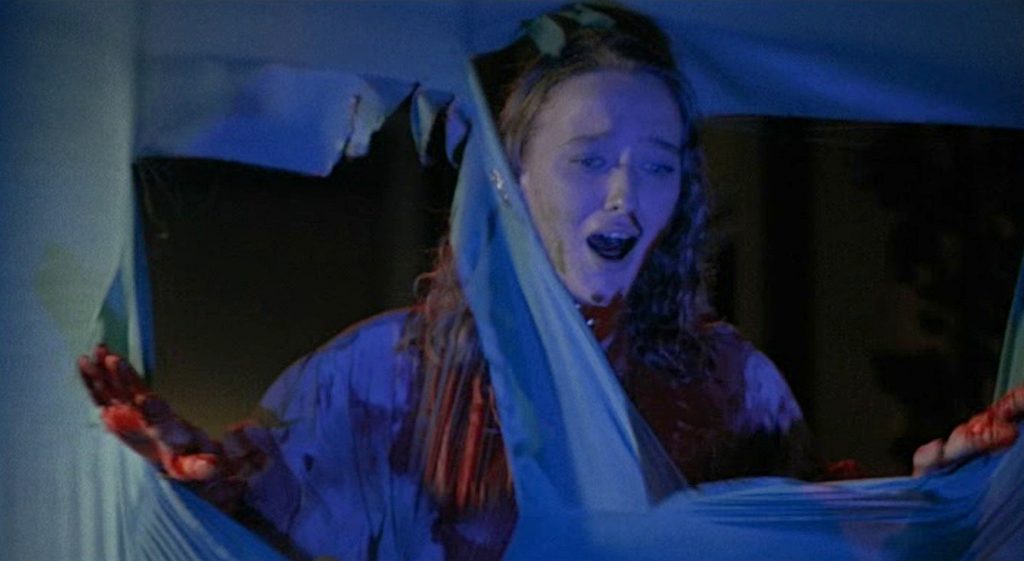
Well, one thing leads to another and Mark becomes embroiled in a giallo-esque murder involving a black-gloved assailant and the letter is ripped to shreds before he gets a chance to read it. The surviving fragments hint that his sister’s in dire jeopardy. So, partly to escape the mayhem and partly to check his sister’s okay, off he heads to New York.
Leigh McCloskey had been a popular face on US TV since starring as Brian Walling in the single-season soap, Executive Suite (1976–77), and was trawling around for a similar recurring role whilst keeping busy with guest star appearances. He’d just completed an episode of Buck Rogers in the 25th Century (1979–1981) when a studio executive at 20th Century Fox suggested he audition for what would be his first big-screen role.
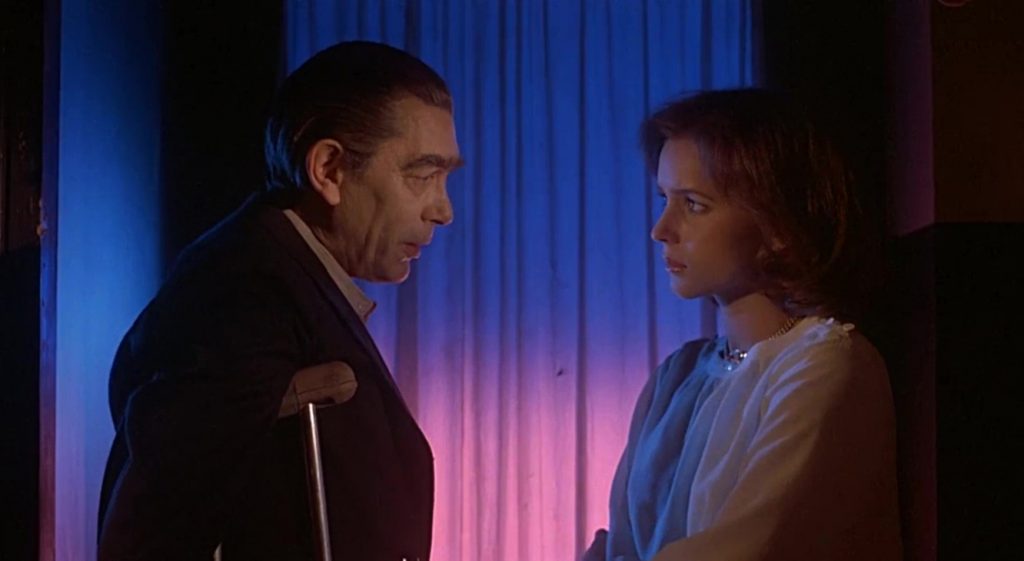
James Woods had been Argento’s favourite for the lead, but schedules didn’t match-up, and Fox was insisting he cast American talent in at least two starring roles. The timing was right and McCloskey landed the part. Whilst his screen presence is very different to how one imagines James Woods would’ve played it, he’s a good fit and has the right level of cheesy charisma to give the film the familiar flavour notes of a 1970s giallo, which can only add to the appeal.
Irene Miracle was given the other American lead. She’d just won the Golden Globe ‘New Star of the Year’ Award for her supporting role in Alan Parker’s Oscar-winning prison drama Midnight Express (1978). Argento was more than happy to cast her on the strength of that performance, also because her two earlier appearances had been in Italian exploitation movies.
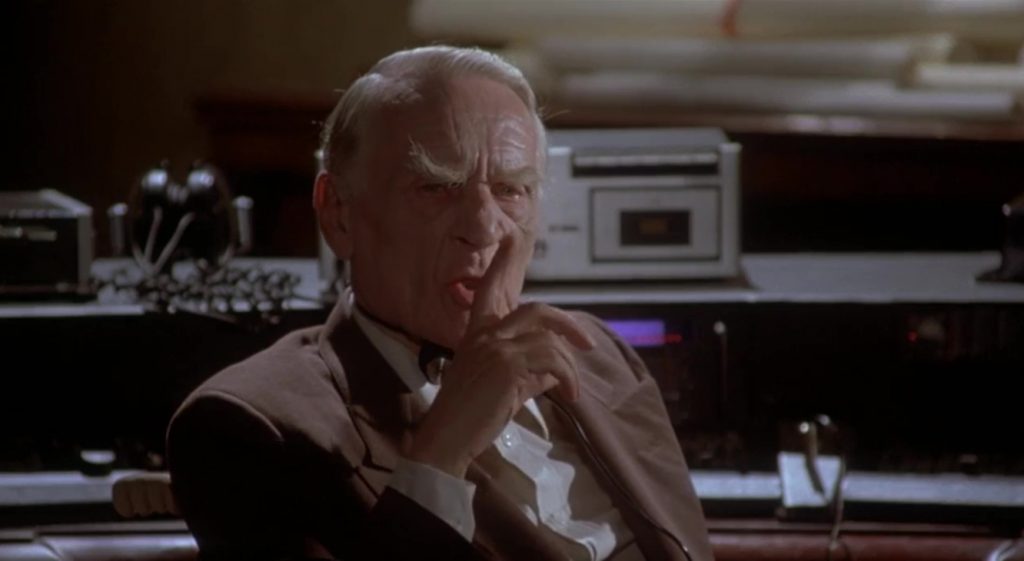
Her first film had been the infamous Italian ‘video nasty’ Last Stop on the Night Train / L’ultimo Treno della Notte (1975), directed by Aldo Lado, who was an assistant director on Argento’s debut The Bird With the Crystal Plumage, and then she’d starred in the sleazy comedy Naked Doorwoman / La Portiera Nuda (1976) for director Luigi Cozzi, who had co-written The Cat o’ Nine Tails (1971), Four Flies on Grey Velvet (1971), and The Five Days (1973) with Dario Argento.
This was Argento’s introduction to working with a big Hollywood studio and he found it frustrating that every pre-production decision had to be approved by Fox execs. He wanted to use a known Italian cast that he’d worked with before. However, once the two American stars were in place, a balance was struck and, on 21 May 1979, the 14-weeks of filming got underway. With the bare minimum of location work in New York, solely to establish the setting, Argento moved the production back the famous De Paolis Studios in Rome, which had become his creative home.
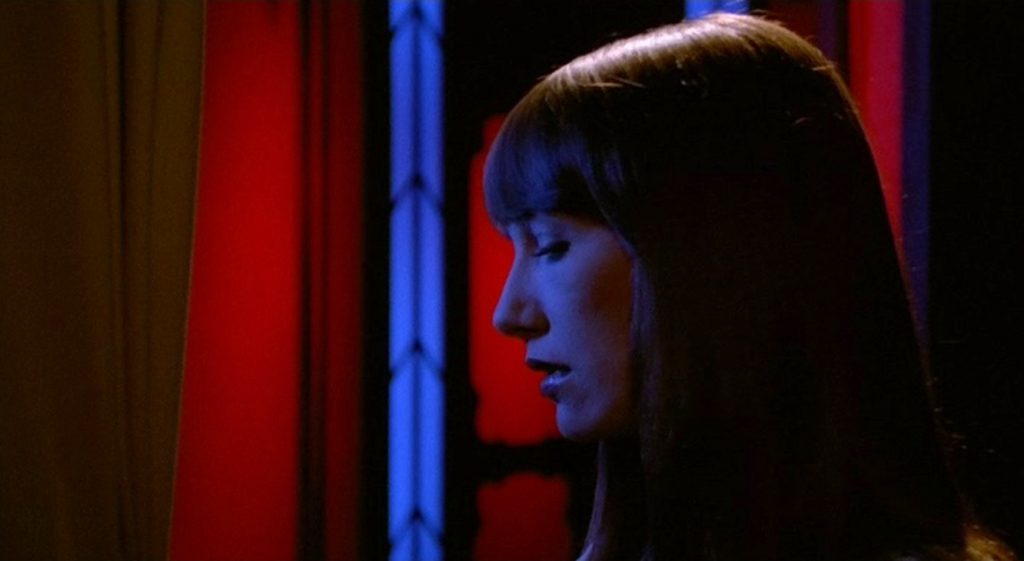
With the exception of William Lustig as an uncredited production manager in New York—who went on to direct Maniac (1980) and the Maniac Cop trilogy (1988-1993)—Argento assembled a formidable production team of Italian Horror stalwarts. His art director was once again Giuseppe Bassan who’d already worked with him on The Five Days, Profondo Rosso / Deep Red (1975) and Suspiria, and Lamberto Bava stepped up as assistant director who brought along his father, the legendary Italian genre pioneer, Mario Bava as a second unit director.
Although Mario Bava’s extensive involvement remained uncredited at the time, except for a ‘special thanks’, his cinematic stamp is all over Inferno. His inventive use of coloured gels had been a major influence on the visual style of Suspiria and those deep saturated reds, blues, and greens give Inferno a sense of poetic continuity this time around, with Bava lending a hand as lighting technician and cameraman. There’s also more than a hint of the Villa Graps—another cursed abode from Bava’s hugely influential horror Kill, Baby… Kill! (1966), that runs through the Inferno interiors.
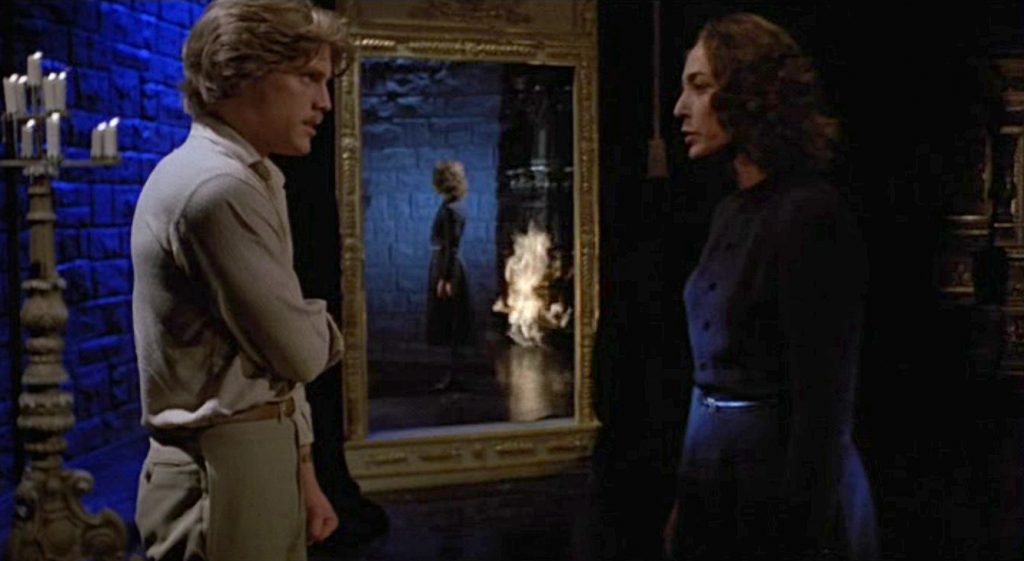
Bava was also responsible for most of the mechanical effects, including the big two-level set constructed at De Paolis comprising a room built in an aqua-tank with another set—the rambling, crumbling cellar—constructed over it. He was also instrumental in planning the inevitable, precisely choreographed collapse of the house during the predictably infernal finale. The memorable scene where the identity of Mater Tenebrarum (Veronica Lazar) is revealed and a big mirror shatters to allow death to step through was also a clever visual of Bava’s devising. Argento certainly made the most of having him onboard!
It’s unclear why so many of the key personnel were uncredited. Perhaps it was to do with contractual wrangling or to circumvent the need for studio approval, but it’s also known that Argento liked to cultivate the ‘rock star’ director image and take as much credit as possible to support his standing as an auteur. Although one gets the feeling he certainly retains final veto on all creative aspects, his attitude to sharing the limelight has mellowed and he’s added credits to recent remasters he’s personally overseen…
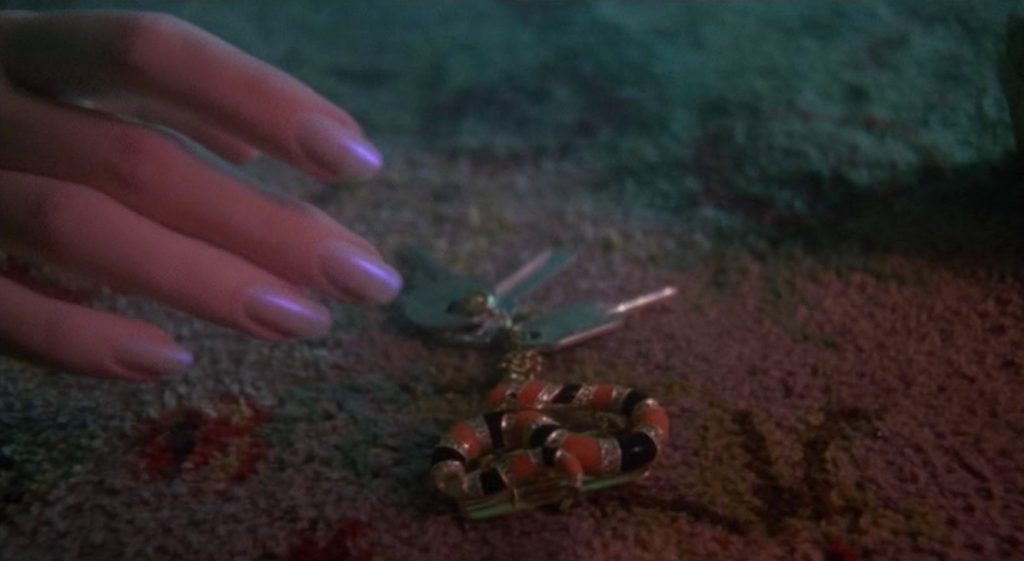
He also claimed sole writing credit for Inferno although, just as with Suspiria, the story was developed in collaboration with his then partner Daria Nicolodi. She also appears as Elise, a vulnerable, down-on-her-luck Countessa and fellow resident who befriends Rose, aiding in her exploration of the house’s strange secrets. Together they discover a mysterious connecting network of pipes that carry voices and whispered words from one apartment to another. Elise, whom Nicolodi imbues with a dreamy detachment, is the narrative bridge between the first two acts when she helps Mark to investigate his sister’s disappearance.
Elise is also at the centre of a subplot involving her scheming butler (Leopoldo Mastelloni) in league with the tenement’s concierge (Alida Valli). If the sinister grin of the concierge looks frighteningly familiar, then you’ll be thinking of the overbearing German dance mistress in Suspiria. This is not the only deliberate echo that links the two stories, but here her character’s motivations are much more mundane and materialistic.
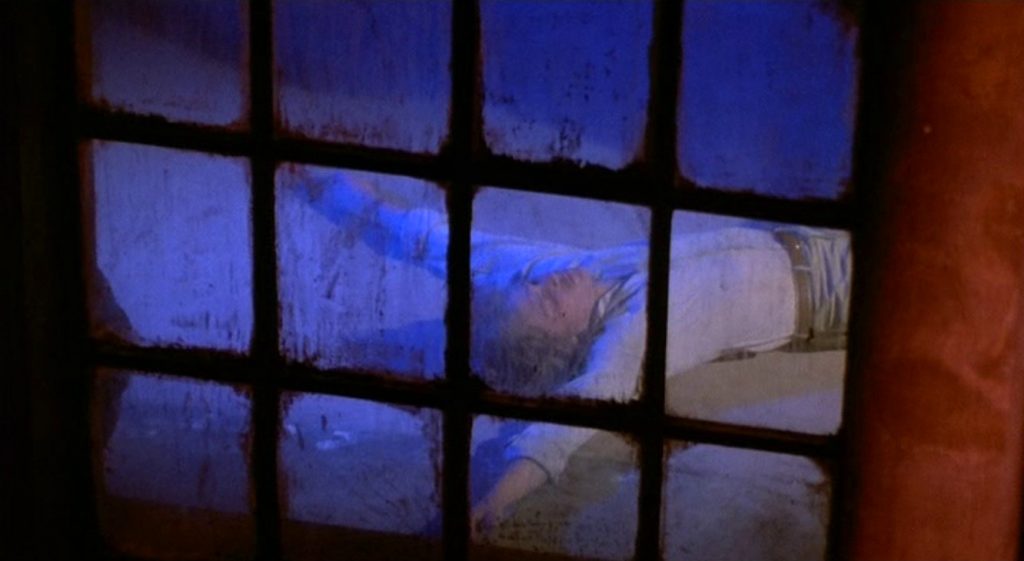
Valli had been acting since she was 13. Her screen debut was in The Three-Cornered Hat (1935), and she was later touted as “The Next Garbo” and “The New Dietrich.” She’s probably best remembered for her starring role in The Third Man (1949), shortly before her career cooled off after being linked with a national sex and drugs scandal when she provided the alibi for a chief suspect in the murder of a young party girl. Those events inspired several other films like Fellini’s La Dolce Vita (1960), Mike Hodge’s Pulp (1972) and Sergio Martino’s The Suspicious Death of a Minor (1975).
She’s great in both her supporting roles for Argento, but one wonders if her link with that high-profile, giallo-inspiring murder case appealed to his sense of the macabre in casting her. Having said that, she’d already become a cult star since her lead in Eyes Without a Face (1960) and playing the Countess for Mario Bava in both Lisa and the Devil (1973) and The House of Exorcism (1975).
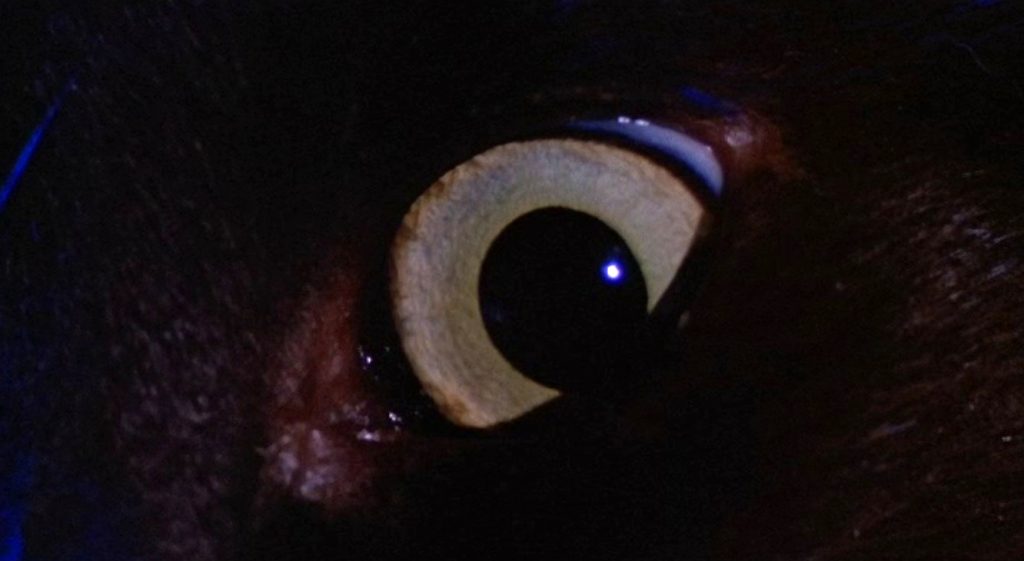
Without giving away too much about the ending, suffice to say the slow build pays off big-time with an unexpected double-reveal. Mark eventually works out the cryptic meaning of the third key mentioned in his sister’s letter and, with some inadvertent assistance from ants and cats, realises that the mansion’s dimensions don’t quite add up because of secret crawlspaces that eventually lead him to a confrontation with the cursed architect, Varelli (Feodor Chaliapin Jr., the Italian cult actor best-known for his role in 1986’s The Name of The Rose as the laughter-hating monk). Just as he built the cursed houses to embody the spirits and powers of the Three Mothers, so this house has kept him alive by becoming an extension of his body. He’s able to tell Mark this only after plugging himself into a sound-system a la Vincent Price in The Abominable Dr. Phibes (1971).
The scene evokes the climax of The Legend of Hell House (1973) which also involves a secret chamber designed to grant its occupant a form of immortality. With hindsight, it’s clear that Inferno takes much of its look from John Hough’s earlier haunted house classic and both riff on the trope of the Gothic House as a metaphor for the body—with the people being the psychological ‘furniture’, the brick and stone as bone, the passages and ducts as veins and sinew. In Suspiria, the spectacular architecture was an integral part of the weirding but served primarily as a backdrop to distance reality. Here, Inferno’s architecture is a key player.
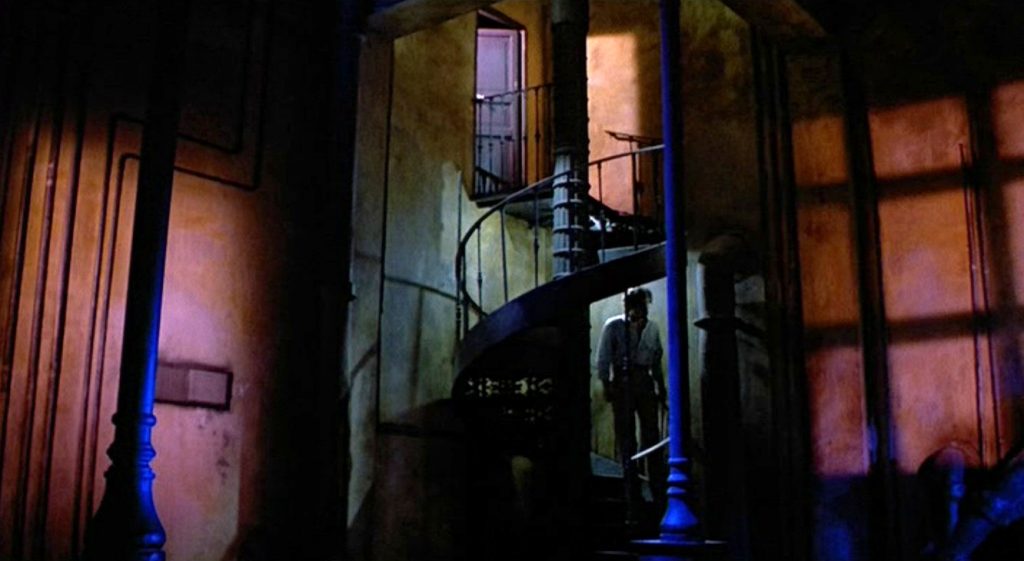
However, there’s still one final secret to be uncovered which involves Mark’s descent into hell, both symbolic and literal, where he encounters some stunning set design along with some less-than-convincing, though brief, make-up effects! By then the film has worked its magic and the viewer is ready to excuse almost anything for the sheer audacity of the final scenes that leave one reeling with their abruptness.
Just as the Three Mothers represent different emotional states of mind, so each of the films in Argento’s trilogy has a different feel and operate on a different emotional level to each other. The distinctive music from Goblin that gave Suspiria much of its atmosphere is absent here, with Keith Emerson (of Emerson, Lake & Palmer) stepping in with his first soundtrack, after dabbling a little in British TV during the ’70s (notably contributing to Doctor Who’s 1971 serial “Colony in Space”). His music for Inferno is keyboard-driven, as expected, but also takes some cues from opera and after being fairly subdued for much of the movie, lets rip toward the end with strident percussion and choral passages that do sound more than a little Goblin-esque.
Inferno also uses a more poetic narrative than Suspiria, which had a relatively traditional story structure that followed a single protagonist from start to finish. Inferno really plays with expectations and for the first two thirds, it’s unclear who the central protagonist even is! We soon learn that no one is safe. Character motivations are far more dream-like or, as already established, akin to those of folk and fairy tales.

Accepting this pervasive false-logic creates an internal reality that stealthily sucks-in the viewer, unsettling their own notion of reality. As a medium, cinema can’t avoid using the same language as dreams—edits, scene changes, jumping time, selected dialogue that is rarely realistic in its pattern… but here that’s pushed to a new level to become psychologically disquieting.
It many ways, Inferno has more in common with Surrealism than horror and owes a debt to German Expressionism as well as the weird dreamy films of Jean Cocteau. This became a sort of fashion in 1980s horror with cult favourite Phantasm (1979), among others, also taking a similar approach.
The ‘style-over-substance’ criticism often levelled at such films is, in fact, pin-pointing one of Argento’s strengths. All his finest films are super-stylish and it’s this assertive style that creates the worlds they contain. It’s a little bit like fantasy world-building and necessary for that disconnect of reality that effectively unsettles the conscious mind whilst seducing the senses of the viewer.
Horror usually relies on building tension and then releasing it, a bit like a joke leading up to a punchline. The plotting of Inferno attracts further criticism for not delivering a satisfying explanation for the mythology it evokes. Oh yes, there’s certainly a surprising twist at its tail end, a ‘punchline’ of sorts, but one that serves to further confound and confuse, raising a whole new swathe of questions.
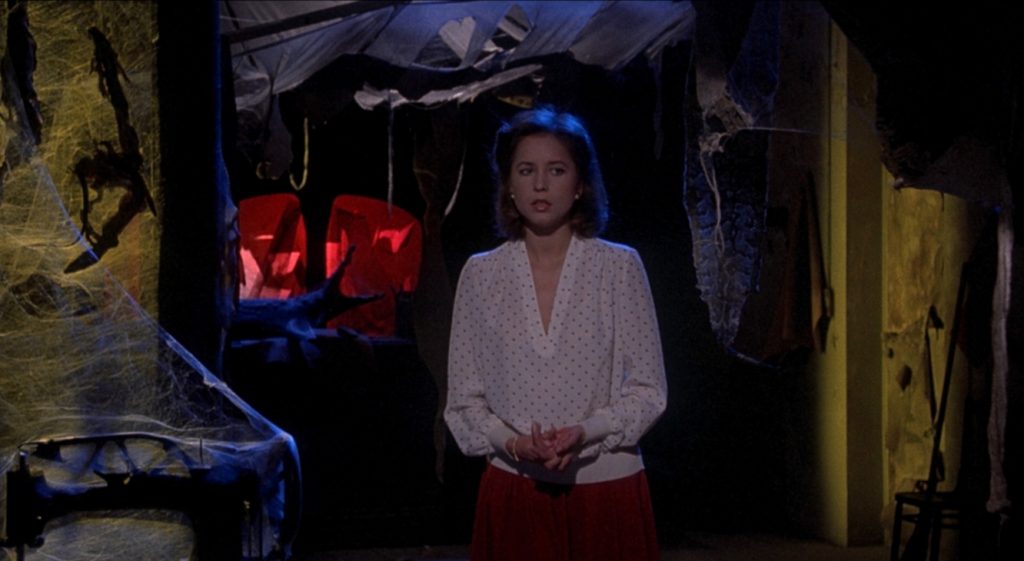
It feels rather like the middle segment of a trilogy. Which, of course, it is! The final instalment really took its time in materialising, though. This was partly because Argento was enjoying the limbo he’d left us in and completing the Three Mothers trilogy would have been like solving the riddle. I think it was Sun Tzu who said something like “an answered question is as much use as a broken sword on the battlefield.”
Due to more trouble with the MPAA, Inferno wasn’t given proper distribution in the USA, and then only released in a heavily cut version. This embittered Argento so much that he shelved the Three Mothers for decades. Only when his huge genre influence was later celebrated were his films re-evaluated. Finally, they were given due respect with restored Director’s Cuts on Collector’s DVDs he was asked to personally oversee. This rekindled interest and prompted him to move on with the legendary project and deliver part three, Mother of Tears (2007). Although some wish he hadn’t.
Mother of Tears was greeted with hostility because it didn’t feel like a film from the same sequence. It had an emotional and stylistic distance even greater than that between Suspiria and Inferno. However, I thought it was hugely enjoyable and, while the body-horror element was ramped-up it was, in many ways, more traditional than the first two segments, harking back to Hammer and the sadistic heyday of Italian horror. Thankfully, it doesn’t feel like a conclusion, it certainly doesn’t render its overarching mythology redundant and the first two segments continue to exist in their own stylish spheres of un-reality they’ve created around themselves, just waiting to draw us deeper in with each viewing…

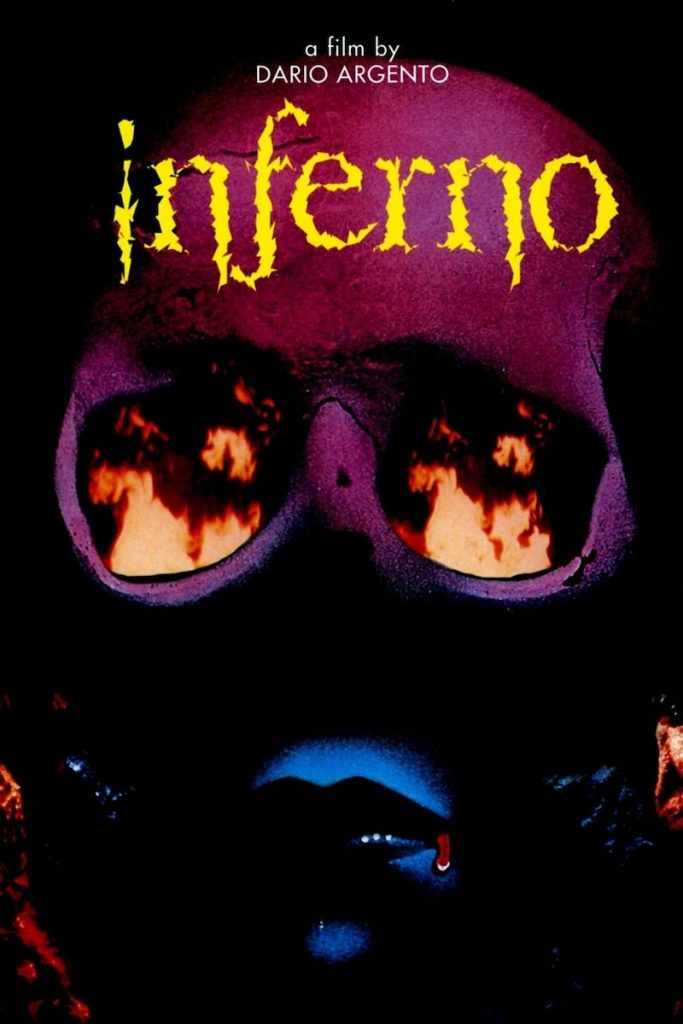
director: Dario Argento.
writer: Dario Argento (based on ‘Suspiria de Profundis’ by Thomas De Quince).
starring: Eleonrora Giorgi, Gabriele Lavia, Veronica Lazar, Leopoldo Mastelloni, Irene Mirace, Daria Nicolodi, Sacha Pitoeff, Alida Valli, Leigh McCloskey, Feodor Chaliapin & Ania Pieroni.
